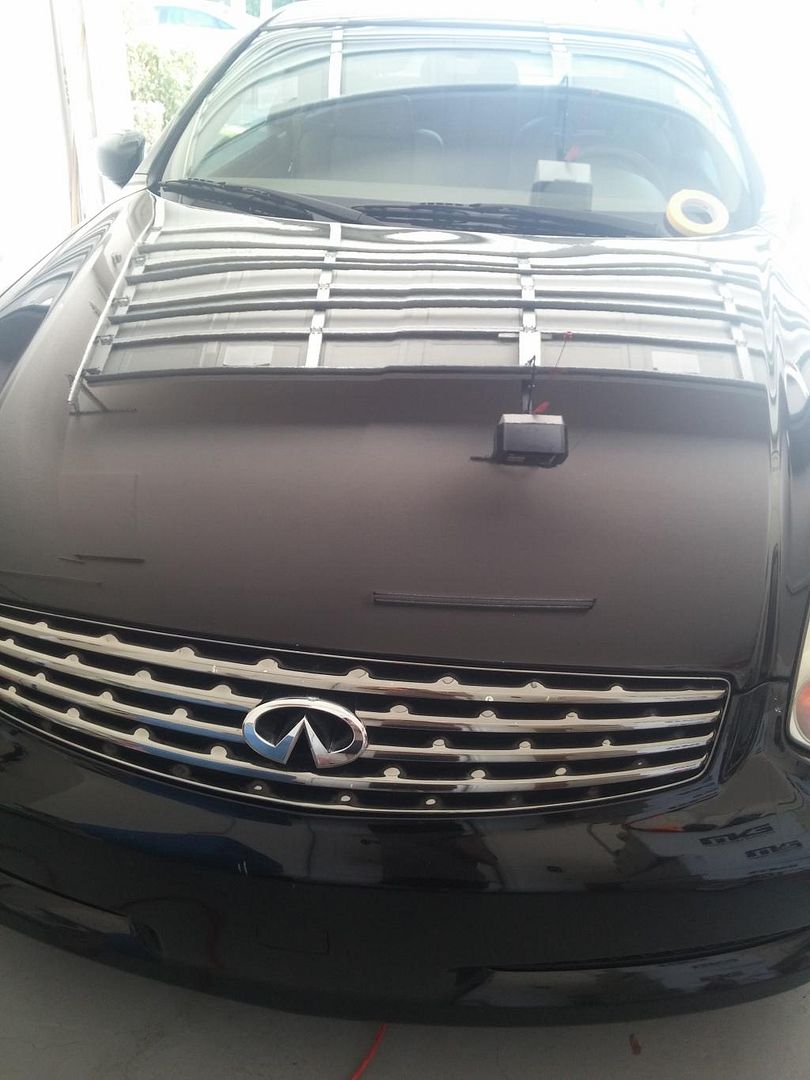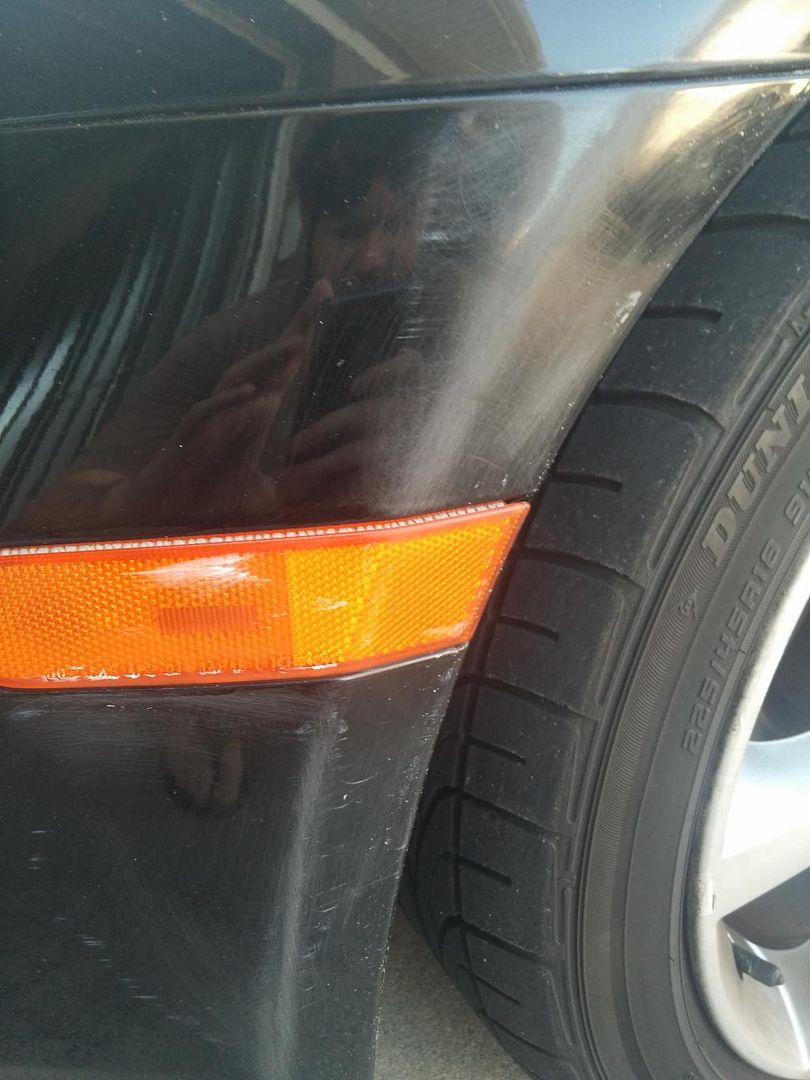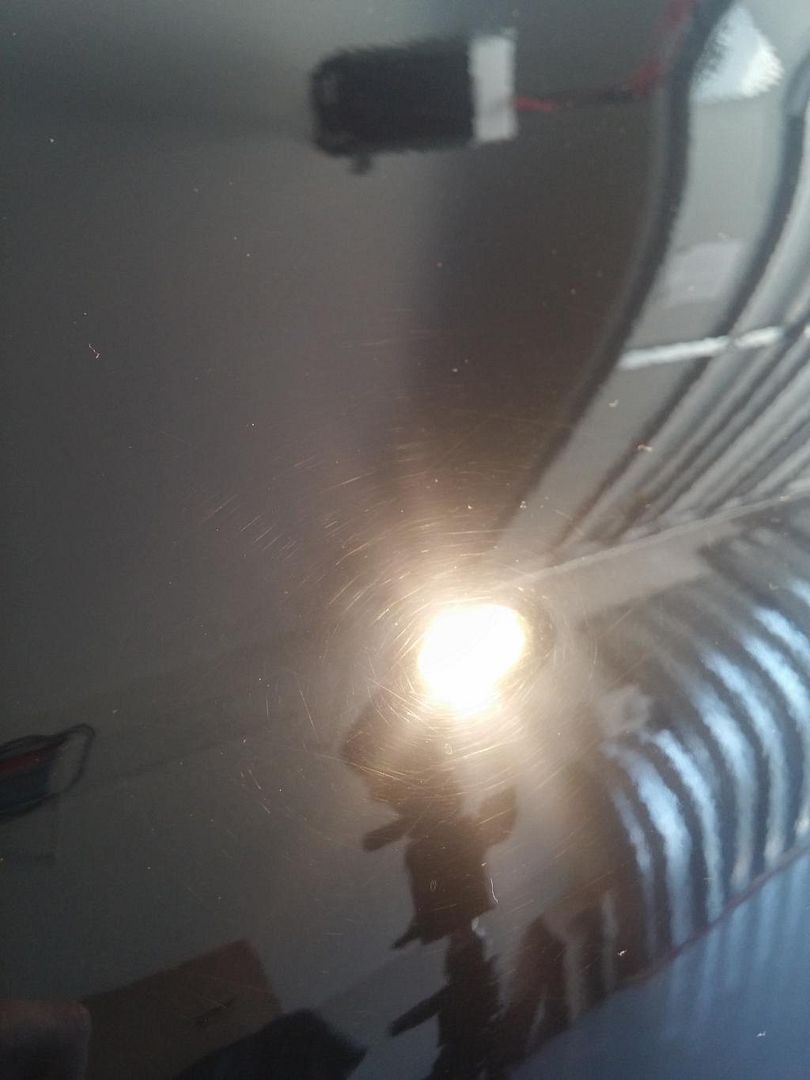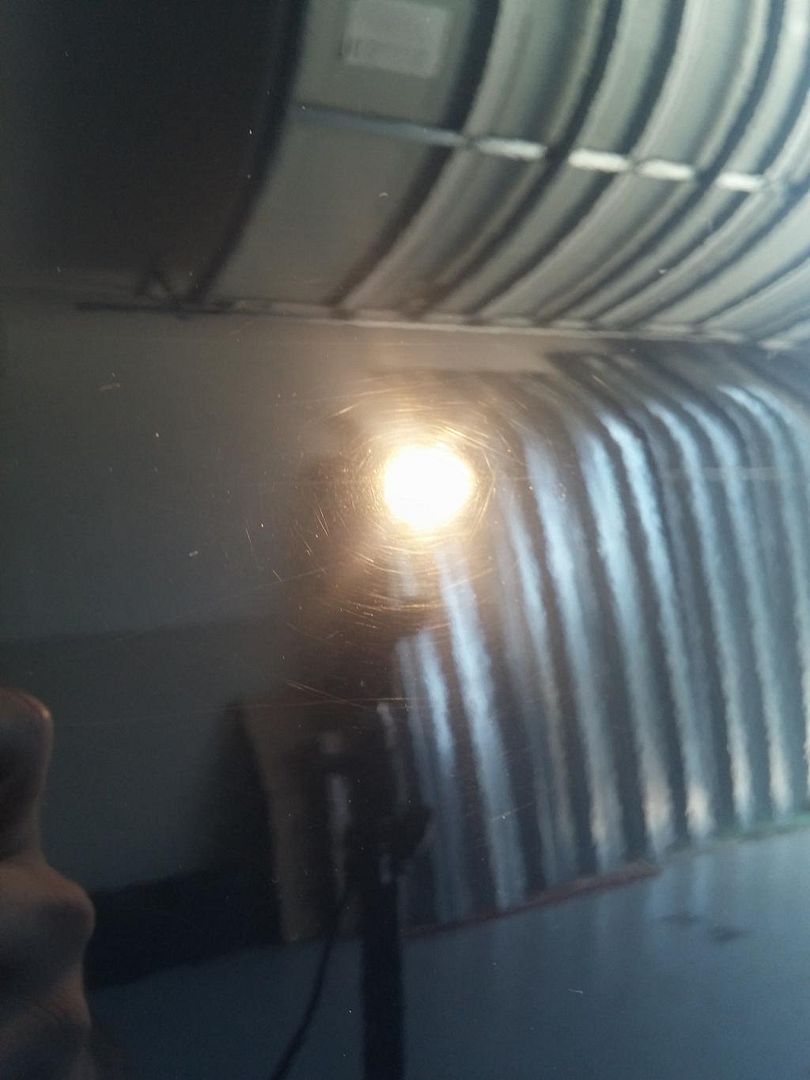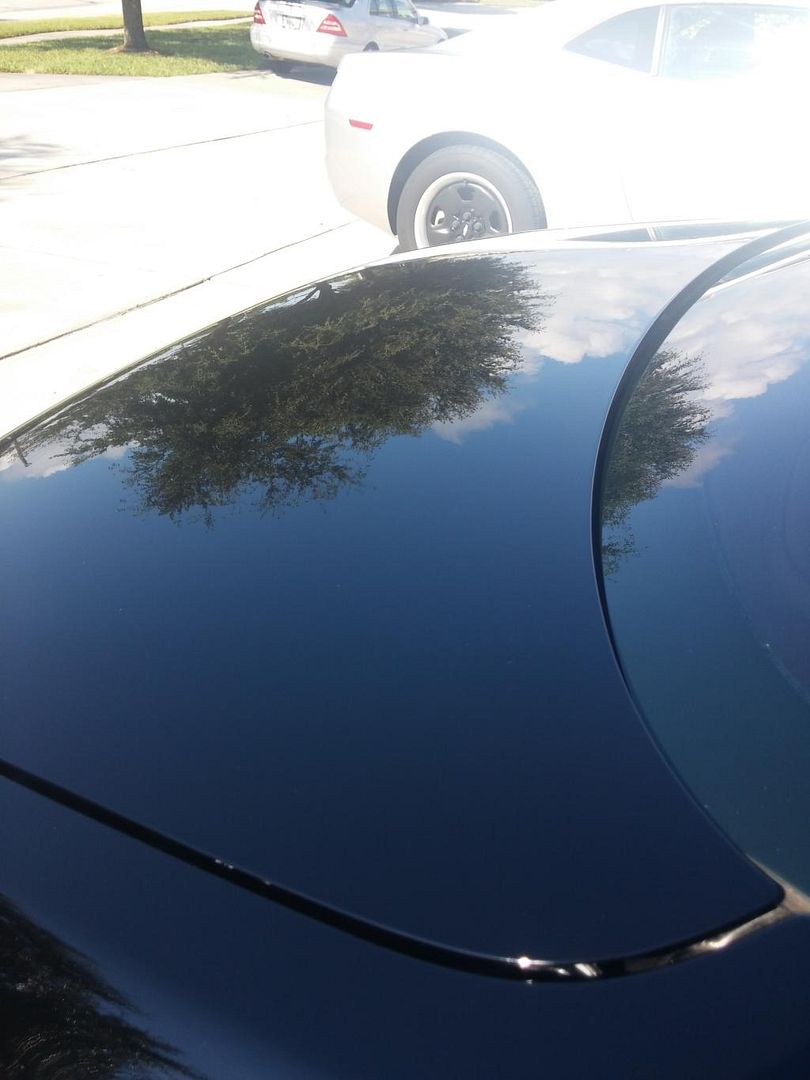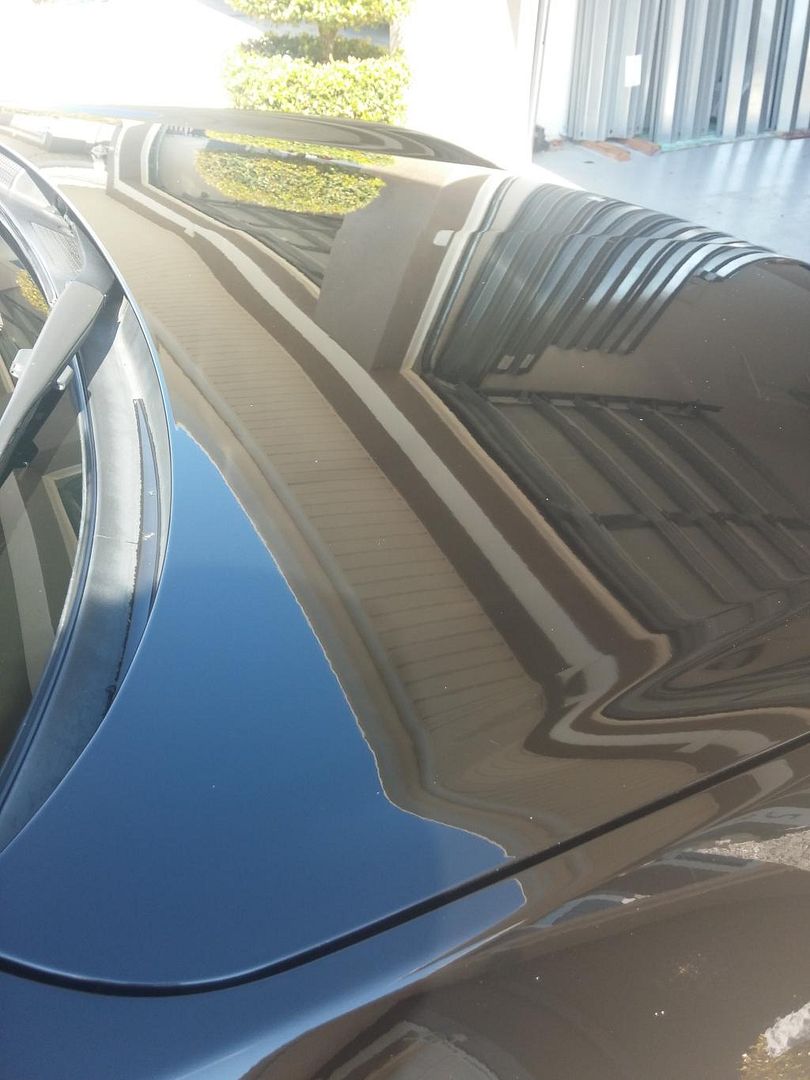Not sure if this was ever resolved, but I picked up a scrap Honda door a few weeks ago, and gave it approximately 4 "light" swipes with 100 grit sand paper. No pads, just really light pressure, and then tried to see what I could do with the mess. Testing purposes only.
I can't remember how many times I damp sanded (2000/3000, and one 1500) and cut that section. Eventually I burned through the clear - obviously.
If you like, I can go do it again, and report back to you. I'll have to email pics, as I can't figure out the pic posting to save my life. I'll probably have them on Megs fb page regardless, because I used 105, and UC on my tests.
As mentioned before, 2000 grit helped knock them down. I was able drastically reduce them, and in some cases completely remove them, but as I stated, the clear coat was severely compromised, and ended up failing. If I were to do it again, I would feel confident using 1500 to reduce the scratches, then 3000, or just going straight to the pc with microfiber and 105.
Just let me know, and I can do it again for you.







